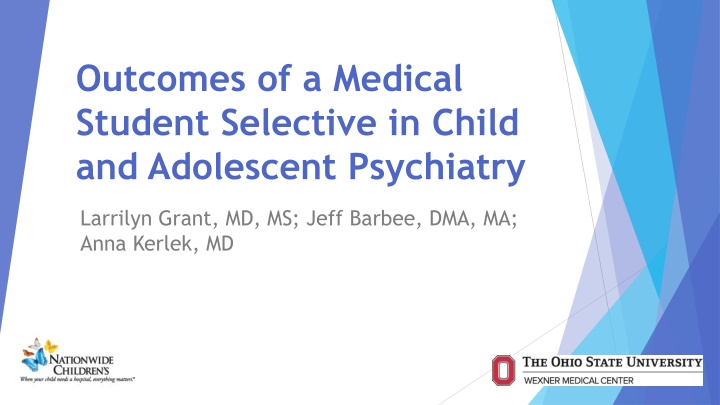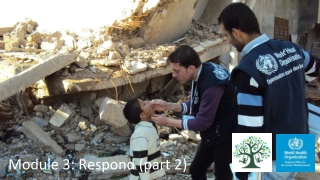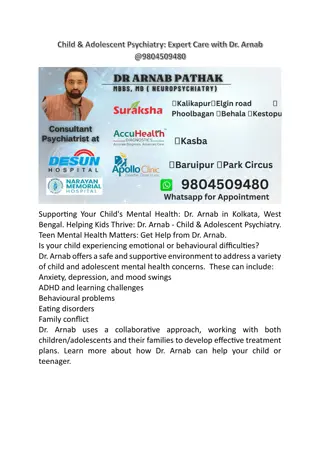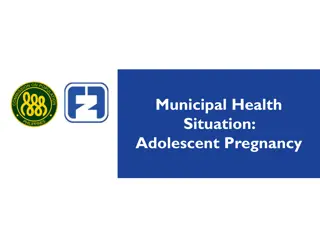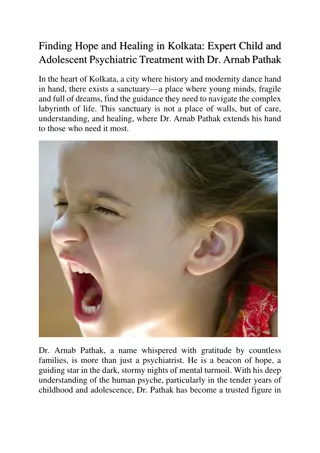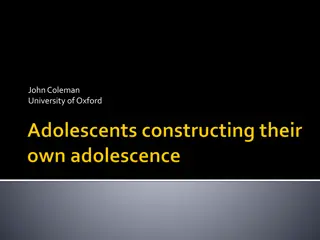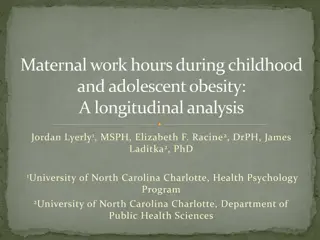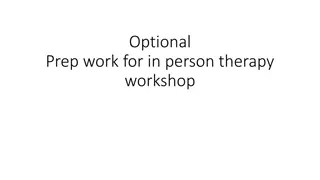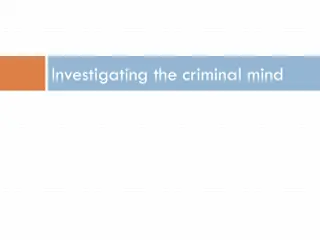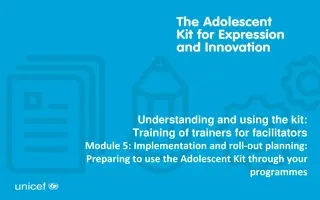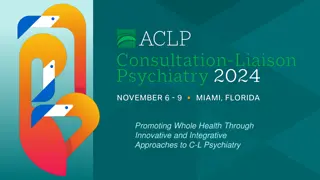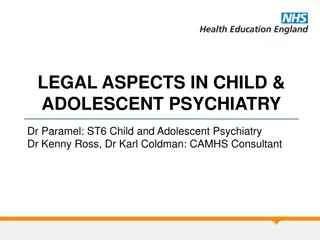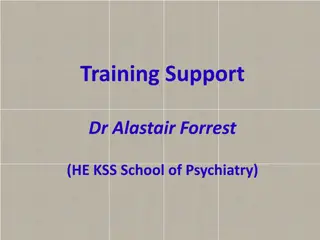Outcomes of a Medical Student Selective in Child and Adolescent Psychiatry
Explore the impact of a selective course on child and adolescent psychiatry for medical students. Discover the importance of early exposure, common diagnoses, suicide risk assessment, and career pathways in this specialized field.
Download Presentation

Please find below an Image/Link to download the presentation.
The content on the website is provided AS IS for your information and personal use only. It may not be sold, licensed, or shared on other websites without obtaining consent from the author.If you encounter any issues during the download, it is possible that the publisher has removed the file from their server.
You are allowed to download the files provided on this website for personal or commercial use, subject to the condition that they are used lawfully. All files are the property of their respective owners.
The content on the website is provided AS IS for your information and personal use only. It may not be sold, licensed, or shared on other websites without obtaining consent from the author.
E N D
Presentation Transcript
Outcomes of a Medical Student Selective in Child and Adolescent Psychiatry Larrilyn Grant, MD, MS; Jeff Barbee, DMA, MA; Anna Kerlek, MD
Background There are approximately 8,300 Child and Adolescent Psychiatrists in the United States. Only 1/5th of pediatric patients with mental health diagnoses are treated by mental health specialists. Most pediatric residents reported a lack and knowledge in treating pediatric depression and suicidality, with some residents reporting discomfort at every step of a mental health visit. PCPs report only feeling somewhat comfortable providing psychoeducation and treatment to patients and families with mental health disorders. Both lack of exposure to and stigma towards Child and Adolescent Psychiatry (CAP) during training have reduced recruitment into the field. Early exposure to CAP is critical during medical education for both recruitment and improving comfort and knowledge of non-CAP physicians in this underserved specialty.
Methods: A group of first- and second-year medical students at The Ohio State University College of Medicine chose to enroll in a CAP selective. This course included the following content provided on a virtual platform; common mental health diagnoses in children, difference in presentation as compared to adults, a question-and- answer panel with CAP physicians, teenage use of digital media, patient case conceptualization, discussion of CAP resources, suicide assessment, and mock interviews assessing suicide risk and exploration of gender dysphoria.
Agenda Day 1 Overview of CAP Day 2 Patient conceptualization 8-9 am 9-10 am CAP Q&A panel with faculty and trainees Discussion of CAP resources 10-11 am Suicide risk assessment Teens and Technology: Dating in a Digital World Case-based discussion 11-12 Case-based discussion
Pre/Post Survey Questions: 1. Are you a Med 1 or Med 2? 2. I know how most contemporary teens use digital media. 3. I am aware of behavioral health resources available at Nationwide Children s Hospital. 4. I feel comfortable assessing youth patients with suicidal thoughts. 5. I can identify common mental health diagnoses in children and adolescents. 6. Patients with psychiatric concerns are more difficult to assess and treat compared to other patients. 7. I am familiar with how to evaluate child and adolescent patients with potential mental health diagnoses. 8. I am aware of the biological, social, developmental, and psychological impacts on patient care. 9. I have a general understanding of what a child and adolescent psychiatrist can do in their professional career. 10. I understand the various pathways that exist in order to become a child and adolescent psychiatrist. 11. I am interested in becoming a child and adolescent psychiatrist.
Statistical Methods Students pre and post survey data pertaining to their comfort in various CAP topics were analyzed using a paired t-test. A Bonferroni correction was implemented to ensure no type 1 error occurred.
Results: Surveys were completed by 86.4% (38/44) of students Non-significant findings: The item evaluating change in interest in becoming a CAP physician was not significant (p= 0.01) but is encouraging.
Results: Students enrolled in this course had improved confidence in: Identification and evaluation of Child and Adolescent Psychiatric disorders Ability to assess youth with suicidal ideation
Future Directions: Obtain demographic data and future career interest of participating students Assess if course improves medical student knowledge of pediatric mental health disorders and treatment Do changes in attitudes/comfort/knowledge last over time? Medical School Residency After training How can we improve training on pediatric mental health disorders during residency for non-CAP specialties? How can we improve training in colleagues post-residency/fellowship?
References: Findling, R. L., & Stepanova, E. (2018). The workforce shortage of child and adolescent psychiatrists: is it time for a different approach? Journal of the American Academy of Child & Adolescent Psychiatry. Fremont, W. P., Nastasi, R., Newman, N., & Roizen, N. J. (2008). Comfort level of pediatricians and family medicine physicians diagnosing and treating child and adolescent psychiatric disorders. The International Journal of Psychiatry in Medicine, 38(2), 153-168. Hampton, E., Richardson, J. E., Bostwick, S., Ward, M. J., & Green, C. (2015). The current and ideal state of mental health training: pediatric resident perspectives. Teaching and Learning in Medicine, 27(2), 147-154. O Brien, D., Harvey, K., Howse, J., Reardon, T., & Creswell, C. (2016). Barriers to managing child and adolescent mental health problems: a systematic review of primary care practitioners perceptions. British Journal of General Practice, 66(651), e693-e707 Shahidullah, J. D., Forman, S. G., & Lekwa, A. J. (2020). Assessment and management of depression and suicidality: Pediatric resident perspectives on training and practice. Families, Systems, & Health, 38(2), 172 Volpe, T., Boydell, K. M., & Pignatiello, A. (2013). Choosing child and adolescent psychiatry: factors influencing medical students. Journal of the Canadian Academy of Child and Adolescent Psychiatry, 22(4), 260.
